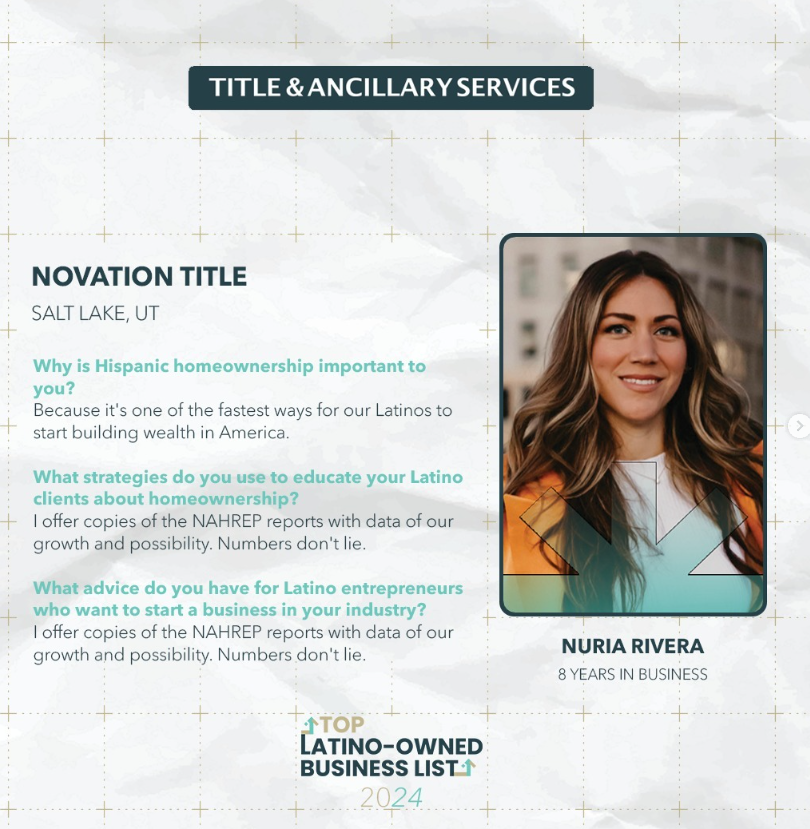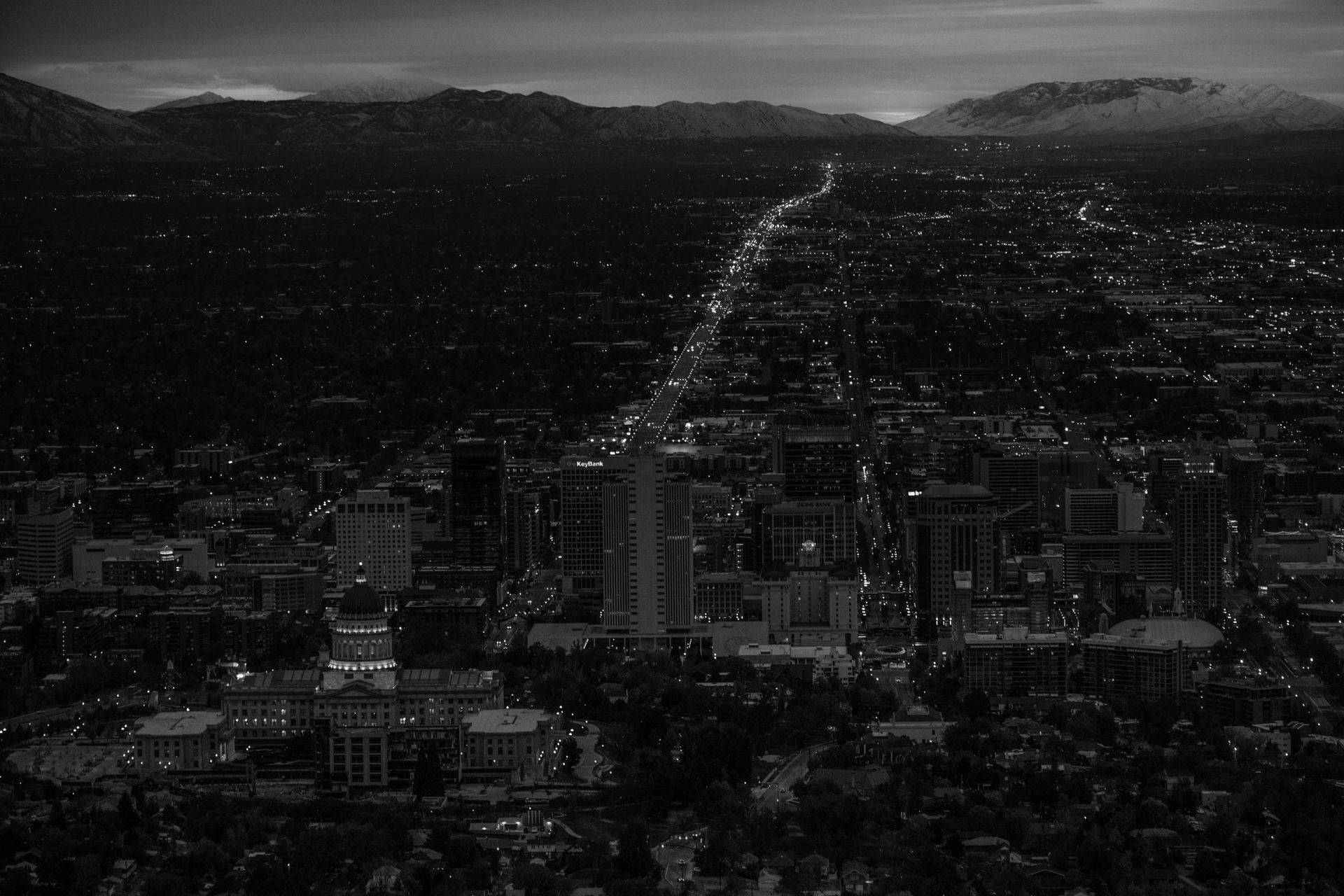DD Web • January 5, 2017
The Vail Effect: How Is It Impacting Utah Real Estate?
The Snow Gods have spoken, ski season is underway, and more visitors than ever are pouring into resorts all across Utah. Last season, Utah hosted 4.5 million skiers, a new record credited in part to the “Vail Effect.” Vail Resorts acquired Park City Mountain Resort in 2014 and later revealed a $50 million construction plan that would combine PCMR and Canyons Resort, producing the largest ski resort in the United States.
The expansion provided a total of 7,300 acres of skiable terrain and other renovation projects and additions including restaurants, a new base area, expanded parking and upgraded chairlifts. And that’s only the beginning of improvements which have been announced for the new Park City Vail Resorts project.
This was big news for Park City, and for the ski industry at large. But what has the ‘Vail Effect’ had on Utah real estate. Is it real? How has it impacted not only local residents, but the Utah real estate market as a whole?
Let’s take a look…
As tourism capital increases in Utah, so does the demand for both vacation rental homes and homes for sale . According to the most recent U.S. Census Bureau Report, Utah’s population crossed the 3.0 million mark and became the nation’s fastest–growing state last year. This population growth, coupled with the rise in tourism, caused local home values — as well as home sale prices — to rise substantially. Many are attributing these rising home values to the ‘Vail Effect.’
Initially, back when the acquisition was first announced, ultra high-end ski/in out homes at Canyons jumped 20-25% overnight, and low-priced condos around the base of the Park City Resort got the attention of real estate investors and quickly disappeared off the market.
Now that we are over two years into the ambitious improvement plan, it’s hard to deny that the Vail Effect is real. At 2016 third quarter end, both the median sales price and the number of closed sales continued to trend upward (7.5% annually since 2012) despite historically low levels of inventory. Summit and Wasatch County property values continue to rise and limited inventory has forced buyers who felt priced out of the resort market to expand their search south/east into Heber and Kamas Valleys, and west into Salt Lake County.
Looking ahead, home prices around these areas are expected to rise at a steady rate through 2017 as all types of real estate buyers are lured into Summit and Wasatch Counties. Finding affordable property in these micro-markets remains challenging and demand in surrounding neighborhoods is higher than in previous years. Additionally, millennials are a new class of buyers who are becoming more and more active in this market.
The Greatest Snow on Earth is living up to its reputation and continuing to attract the attention of a growing number of tourists and home buyers. If you’re in the market to purchase a home this year and want to learn how to take advantage of the Vail Effect, reach out to an expert who can provide you with some insight into where home prices are heading in your desired neighborhood.
Now…where to Aprés-ski?

At Novation Title, we take immense pride in being recognized on the 2024 Top Latino-Owned Business List ! As a Latino-owned company, we are passionate about empowering our community through homeownership—one of the fastest ways for Latinos to build generational wealth in America. Why Hispanic Homeownership Matters Homeownership is more than just buying property; it's about creating stability, financial security, and opportunities for future generations. We believe in providing the resources and education needed to help our Latino community navigate the path to homeownership with confidence. Educating & Supporting Latino Homebuyers Our team uses key insights from the NAHREP (National Association of Hispanic Real Estate Professionals) reports to share real data on Latino homeownership growth and opportunities. We know that numbers don’t lie , and we want to ensure that every aspiring homeowner and entrepreneur has access to the right information. Advice for Latino Entrepreneurs For those looking to start a business in the title and real estate industry, our advice is simple: educate yourself and lean on data. By understanding the numbers and trends, you can position yourself for long-term success. Thank you to our community and partners for trusting Novation Title. Together, we continue to break barriers and build wealth through homeownership!

At Novation Title, we take immense pride in being recognized on the 2024 Top Latino-Owned Business List ! As a Latino-owned company, we are passionate about empowering our community through homeownership—one of the fastest ways for Latinos to build generational wealth in America. Why Hispanic Homeownership Matters Homeownership is more than just buying property; it's about creating stability, financial security, and opportunities for future generations. We believe in providing the resources and education needed to help our Latino community navigate the path to homeownership with confidence. Educating & Supporting Latino Homebuyers Our team uses key insights from the NAHREP (National Association of Hispanic Real Estate Professionals) reports to share real data on Latino homeownership growth and opportunities. We know that numbers don’t lie , and we want to ensure that every aspiring homeowner and entrepreneur has access to the right information. Advice for Latino Entrepreneurs For those looking to start a business in the title and real estate industry, our advice is simple: educate yourself and lean on data. By understanding the numbers and trends, you can position yourself for long-term success. Thank you to our community and partners for trusting Novation Title. Together, we continue to break barriers and build wealth through homeownership!

Welcome, 2020! We made it through the first week of the New Year and are already excited for what’s to come in this brand new decade. Anything can happen, and we have so much to create! Whether you’re a fan of long-term resolutions or prefer setting smaller, short-term goals, it feels good to start the year off with a desire to change for the better. If you know us, you know our approach at Novation Title has always been goal-centric, not only within our business but in our personal lives and out in the community. In today’s world where we are constantly connected (and distracted), it’s no wonder that we increasingly find ourselves overwhelmed mentally and physically drained. Often, the issues in everyday life are the ones that prevent us from enjoying the very same everyday life! How can we balance this out? We believe we can do better. That is why we are introducing meditation into our workspace. While meditation has been practiced for over 5,000 years, it is increasingly becoming a necessary way for us to unplug from the modern world. But what, exactly, is it? Meditation is a practice where an individual uses a technique — such as mindfulness — to train attention and thoughts. Mindfulness is awareness, it is a state of peace. It is being in the present moment, intentional and serene. It is the process of being aware of your thoughts while also disconnecting from them so you can connect within. Connecting within is the highest form of intelligence and results in proven mental, emotional and spiritual health benefits. Here are just a few science-based benefits of meditation: Reduces blood pressure Increases serotonin production that improves mood and behavior Improves immune system Increase in energy levels Lessens stress and anxiety Increases happiness and creativity Clarity and peace of mind Increased memory retention and recall Enhances self-awareness and self-acceptance Each one of us, regardless of gender, age or other factors, undergo daily stress and tension at some level or the other. That’s why we’re so excited to introduce #NovationMeditation into our business and we encourage others to join us this year. We can ALL benefit from improved mental and physical health in 2020. Who’s with us?!